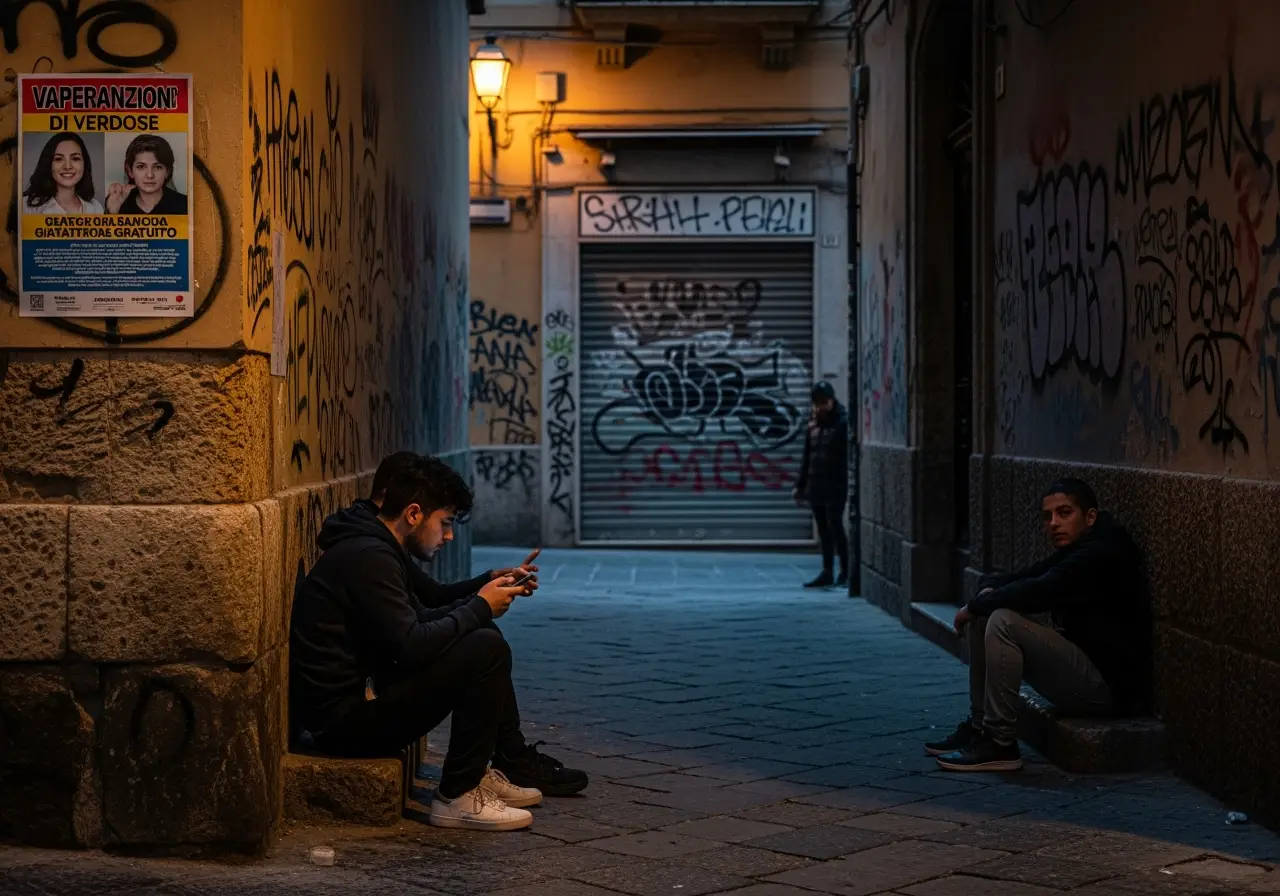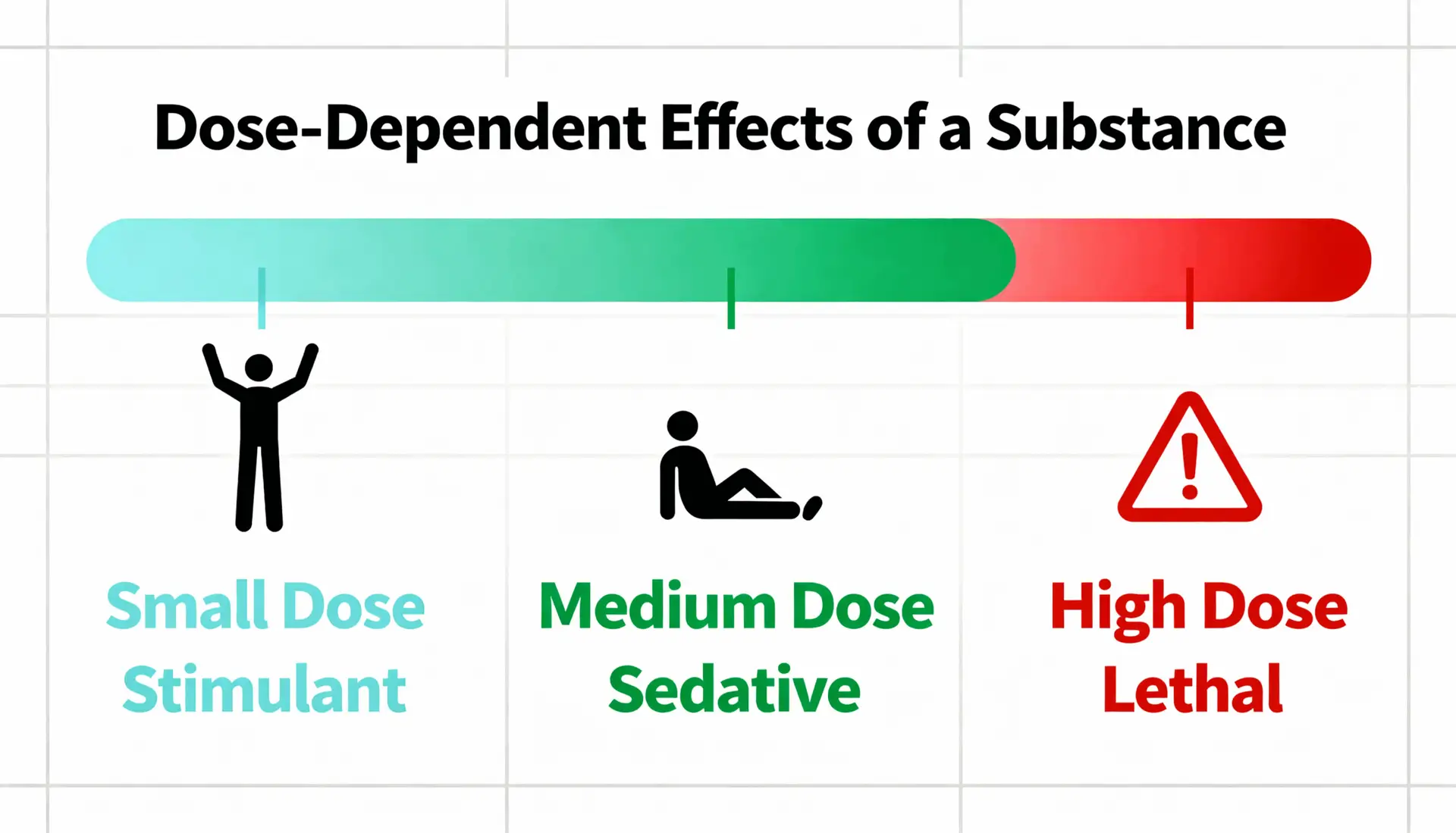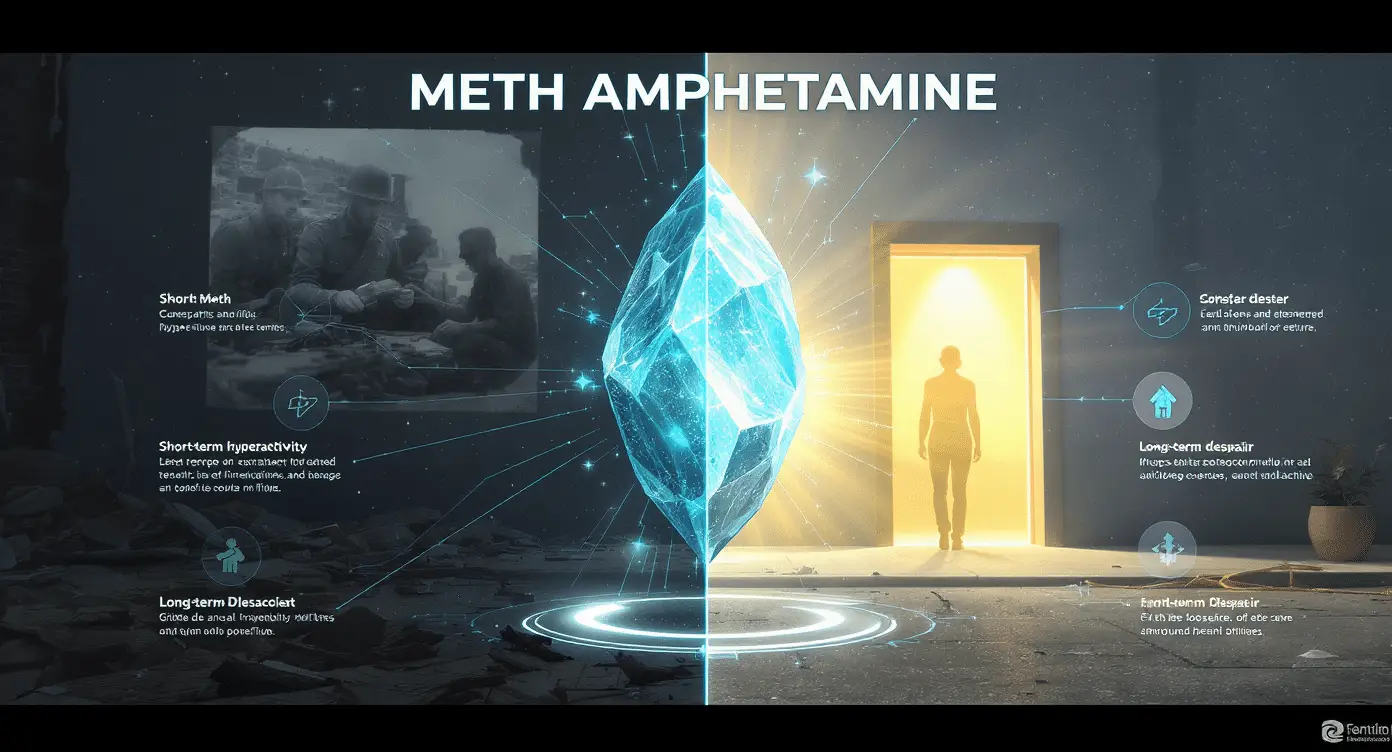Italy, a nation at the heart of the Mediterranean, is fighting a war on two fronts. For decades, it has battled the deep-rooted influence of powerful mafias. These include the ‘Ndrangheta and Camorra. They grew rich from the international drug trade. Now, Italy faces a resurgent and horrifying public health crisis. There is a dramatic spike in heroin use and overdose deaths. This is driven by the drug’s increasing purity. Its insidious spread among a new, younger generation also contributes. This dual challenge defines the heroin crisis and mafia in Italy.
This dual crisis defines Italy’s struggle. Law enforcement agencies combat some of the world’s most sophisticated criminal organizations. Meanwhile, a silent epidemic unfolds on city streets. It threatens to reverse years of progress. It also devastates families and communities.
The Return of the Needle: Heroin’s Deadly Comeback
Cocaine and cannabis dominated the drug scene for years. Now, heroin is back with a vengeance. The drug is cheaper, purer, and more available. It is more available than it has been in decades. This leads to a shocking increase in use, especially among young people. Some are tragically inexperienced with the drug’s lethal power.
The numbers are terrifying. Italy is witnessing a significant rise in overdose deaths. Heroin and other opioids are the primary culprits. This resurgence is not limited to long-term, marginalized users. Reports indicate young people use heroin. They sometimes smoke or snort it initially. However, they often quickly progress to injection, the most dangerous consumption form. This new wave of use erases hard-won gains. Furthermore, it creates a public health emergency.
The Mafia’s Chokehold on the Drug Trade: Fueling the Heroin Crisis in Italy
Italy’s drug problem cannot be understood without its powerful organized crime syndicates. The Calabrian ‘Ndrangheta, for example, has become one of the most powerful cocaine trafficking organizations globally. It controls a significant portion of cocaine flowing into Europe from South America. This often occurs through major ports like Gioia Tauro.
These mafias—including Sicily’s Cosa Nostra and Naples’ Camorra—are not just traffickers. They are deeply embedded in regional economic and social fabric. They use immense drug profits. These profits corrupt officials, infiltrate legitimate businesses, and enforce their will through brutal violence. They supply the Italian market with cocaine, cannabis, and heroin. Consequently, the cycle of addiction and crime continues uninterrupted. This direct involvement fuels the heroin crisis and mafia in Italy.
Cocaine and Cannabis: The Ever-Present Baseline
While the heroin crisis demands urgent attention, cocaine and cannabis remain pillars of the Italian drug market. Italy has one of Western Europe’s highest cocaine consumption rates. The drug is prevalent in all major cities, from Milan to Rome to Naples. Its use spans all social classes.
Cannabis remains the most widely consumed illicit drug in the country. This is especially true among young people. The debate over its legalization continues. Still, the illicit market thrives. Criminal organizations profit from the demand. This widespread use creates a dangerous sense of normalization. It can lower the perceived risk for young people. It also acts as a gateway to more dangerous substances. For more information on drug trafficking patterns across Europe, consult reports from the Italian Anti-Drug Services Directorate (DCSA).
A Generation Caught in the Crossfire: Impact of the Heroin Crisis in Italy
Italian youth face a precarious situation. Economic uncertainty couples with widespread drug availability. The glamorization of criminal lifestyles in some subcultures also contributes. This creates a high-risk environment. They are primary targets of cannabis and party drug markets. Tragically, they are now caught in the net of the resurgent heroin trade.
The rise of social media as a platform for drug sales makes substances more accessible. It breaks down traditional barriers. Dealers come directly into young people’s digital lives. This creates an urgent need for modern, effective prevention. Such prevention can cut through the noise. It provides a real alternative to the false promises of drug use. The heroin crisis in Italy deeply affects this generation.
Italy’s Fight for Its Future
The Italian state engages in a relentless battle against the mafias. Law enforcement and the judiciary achieve significant successes. They dismantle networks and seize assets. Public health services work tirelessly. They provide treatment and harm reduction services to those struggling with addiction.
However, this two-pronged crisis requires more than just conventional responses. A powerful criminal enemy is on one side. A devastating public health epidemic is on the other. To break the mafia’s economic power, drug demand must be addressed. To end the cycle of overdose and despair, individuals must be offered a real path out of addiction.
This is where the Narconon program provides a fundamental and vital solution. Unlike methods that simply manage addiction, Narconon offers a way to end it for good. Its unique, drug-free approach combines a deep detoxification process. This frees the body from drug residues. It also includes comprehensive training in life skills. This rebuilds self-worth and personal ethics. Ultimately, the program empowers individuals to achieve lasting sobriety. For Italy, a nation fighting for its very soul, every person who graduates from the Narconon program is a life reclaimed from the crisis. This is a victory against criminal forces thriving on human suffering. For a perspective on similar regional challenges, you might find our article on the Spain Drug Trafficking Crisis insightful.
Sources:
- European Monitoring Centre for Drugs and Drug Addiction (EMCDDA) / European Drug Report (https://www.emcdda.europa.eu/publications/european-drug-report_en)
- Italian Anti-Drug Services Directorate (DCSA) (https://antidroga.interno.gov.it/category/relazioni-annuali/)
- Reports from the Italian Parliament’s Anti-Mafia Commission
- Data synthesized from national and European reports on the drug situation.



